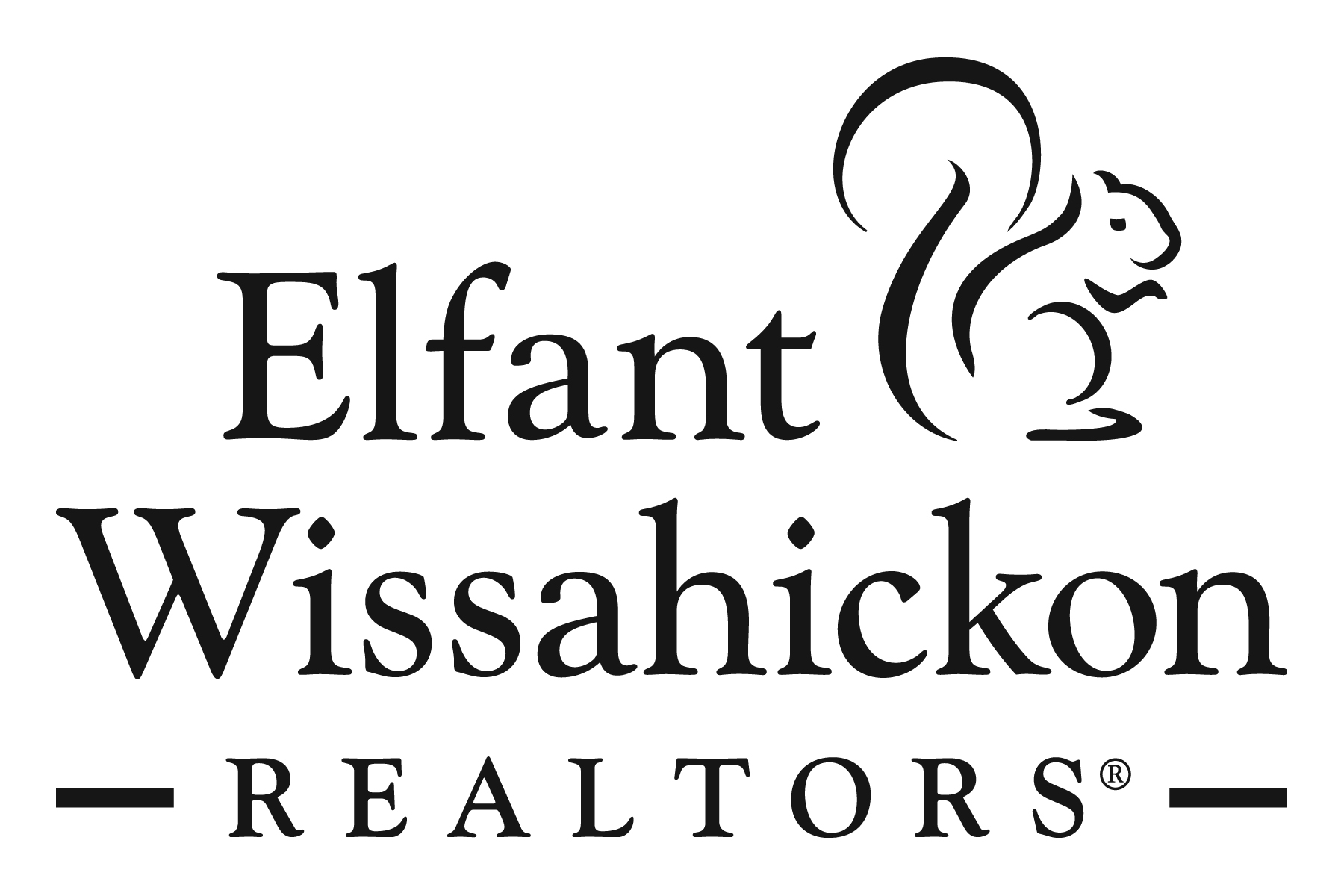What’s the difference between the Deed, the Note & the Mortgage?
- The Deed shows who owns the property
- The Note is the promise to repay the loan
- The Mortgage shows that ALL owners of the property agree that if the Note holder DOESN’T repay, that the lender can take the property from the owners.
NOTE: You will commonly hear lenders and agents talk about the Note and Mortgage as if they are the same thing. The distinction only matters when when you are talking about 2 parties buying a property (aka both are on the Deed) and only one is responsible for the loan (aka the Note). Both parties must be on the mortgage, which is the pledge of the house as collateral. Even in this situation, you will hear lenders and agents say “only Buyer 1 is going on the mortgage.” What they really mean is that only Buyer 1 is the Note holder and both Buyer 1 & Buyer 2 will be on the Mortgage since both are on the Deed.
Who are the Mortgagor & Mortgagee?
- The Mortgagor is the Borrower
- The Borrower or new homeowner is the one pledging (aka giving) the house as collateral for the Note (aka the loan), a promise to repay the loan or lose the house.
- The Mortgagee is the Lender
- The Lender is receiving the house as collateral in case the Borrower doesn’t repay the Note (aka the loan).
You will hear the word “Mortgagee” most commonly when the Buyer’s homeowners insurance needs to connect with the Lender to obtain their “Mortgagee Clause“ to put in the insurance policy, tying the Buyer, the Lender and the Insurance company to each other on one document.
What does “LTV” mean?
LTV is shorthand for Loan-to-Value or Loan-to-Value Ratio.
If the Sales Price (aka the Value) is $100,000 and the Borrower puts $10,000 down then the Loan Amount is $90,000. To arrive at the LTV, divide the Loan Amount by the Sales Price:
$90,000 Loan Amount / $100,000 Sales Price (aka Value) = 90% or 0.90
The LTV is always the inverse of the Down Payment with 100% being the whole. This means that the Down Payment plus the Loan Amount always equals 100%.
- 20% down = 80% LTV
- 10% down = 90% LTV
- 5% down = 95% LTV
- 3.5% down = 96.5% LTV
- 3% down = 97% LTV
What is Mortgage Insurance?
If the Borrower is putting less than 20% down, the Borrower is at higher risk for defaulting on the Loan.
Imagine if the economy tanks or the Borrower loses their job and can’t afford the house, if they only have 5% of their own money in the house, it may be easier to stop making payments and lose the house than come up with the money to make the payments AND keep the lights on and food on the table.
If the Borrower is using a Conventional Loan, putting less than 20% down, the Lender will obtain a Mortgage Insurance policy from a Private Mortgage Insurance company for the Borrower to pay monthly.
- The rates can be anywhere from approximately $0.30 per $1,000 borrowed to $0.94 per $1,000 borrowed. The rate depends on the down payment.
- For example, a $200,000 Sales Price with 10% down is reflected as a 90% Loan-to-Value.
- $200,000 x .9 = $180,000 loan
- $180,000 / $1,000 x $0.30 = $54 extra per month
- $180,000 / $1,000 x $0.94 = $169 extra per month
If the Borrower is using an FHA loan (a government-backed loan), the mortgage insurance is obtained from the government. There is an upfront premium that is financed with the loan over 30 years and it is also paid monthly. The BrightMLS closing estimate will calculate if for you automatically. As an example, on a $200,000 house with 3.5% down
- The up front premium (a fixed rate) is $1.75 per $1000 borrowed ($3377)
- The monthly premium (a fixed rate) is $0.85 per $1000 borrowed ($136)
What is a Seller Assist?
A Seller Assist is a financial tool to pay your closing costs over the life of your loan.
For example, if your closing costs are $15,000 on a $300,000 home, so long as it appraises for the higher amount and the Seller agrees, you can raise the price of the home to $315,000, borrowing the extra money to cover your third party costs at closing.
No money comes out of the pocket of the Seller directly but there are closing costs associated with the Seller Assist (transfer tax and commission) so be aware of that when assisting your Seller or negotiating with the Listing Agent/Seller for your Buyer when a Seller Assist is involved.
If the Buyer obtains a $15,000 seller assist, they need less money to buy the property. This is great for buyers who don’t have the additional money for the closing costs or for Buyers who prefer to keep their money in the bank for a rainy day.
In Philadelphia, Closing Costs may be anywhere for 5-7% of the Purchase Price for properties from $400,000 down to $150,000, respectively.
The higher the price, the lower the Closing Costs as a Percentage of the Purchase Price.
Some Closing Costs will be paid before closing (“PrePaids” or “Paid Outside of Closing”/”POC”) and wouldn’t be covered at closing by a Seller Assist (unless you confirm with the Lender that the Buyer can get reimbursed at closing for the Appraisal & Inspections).
